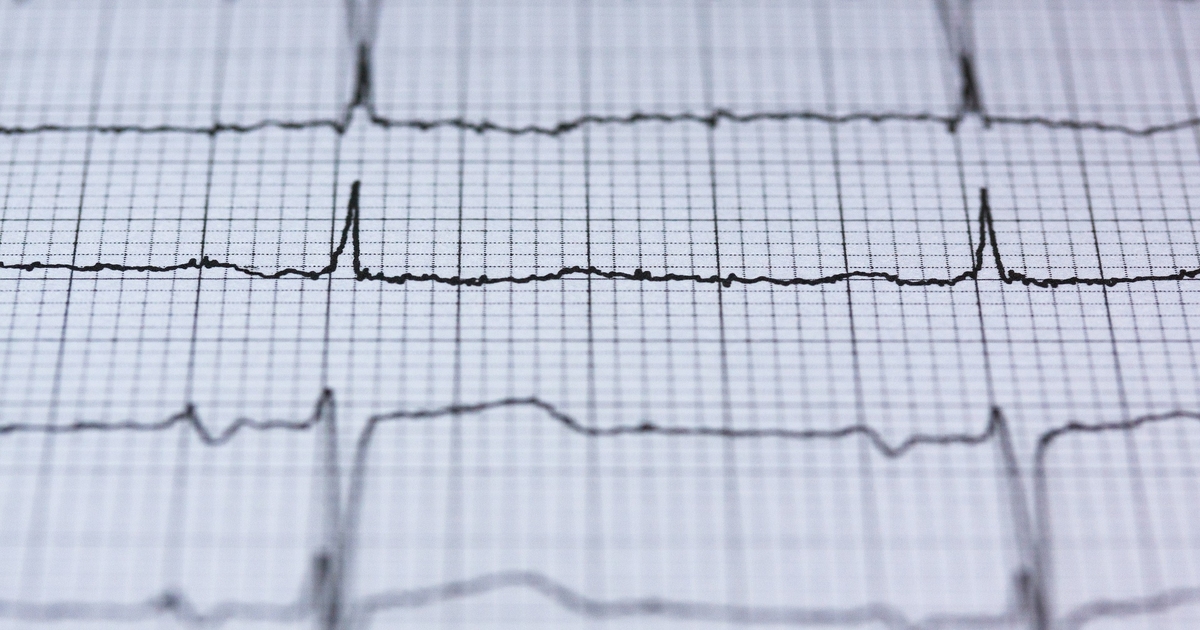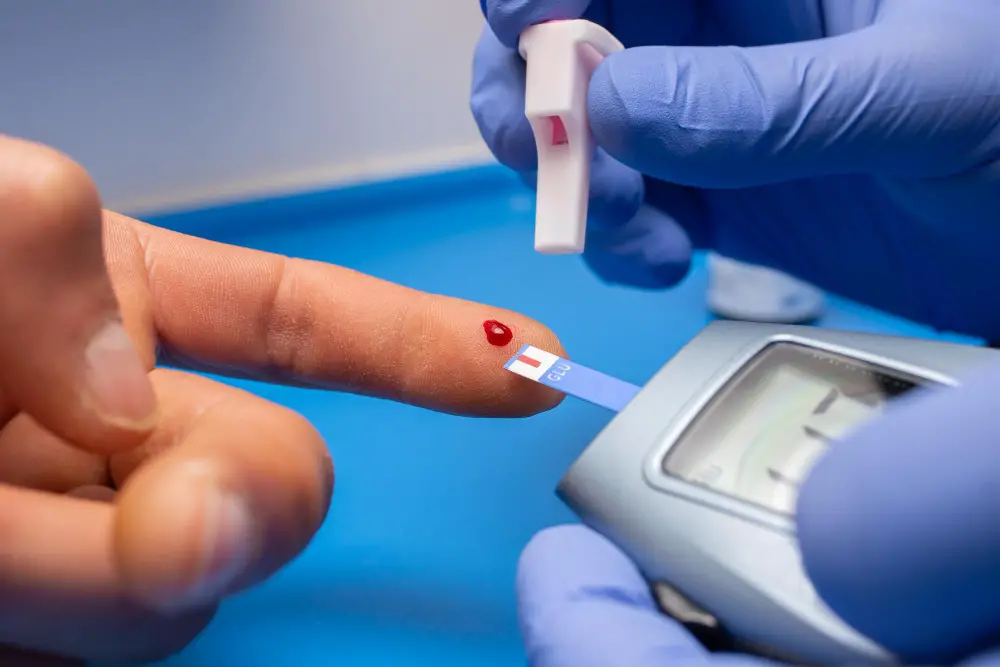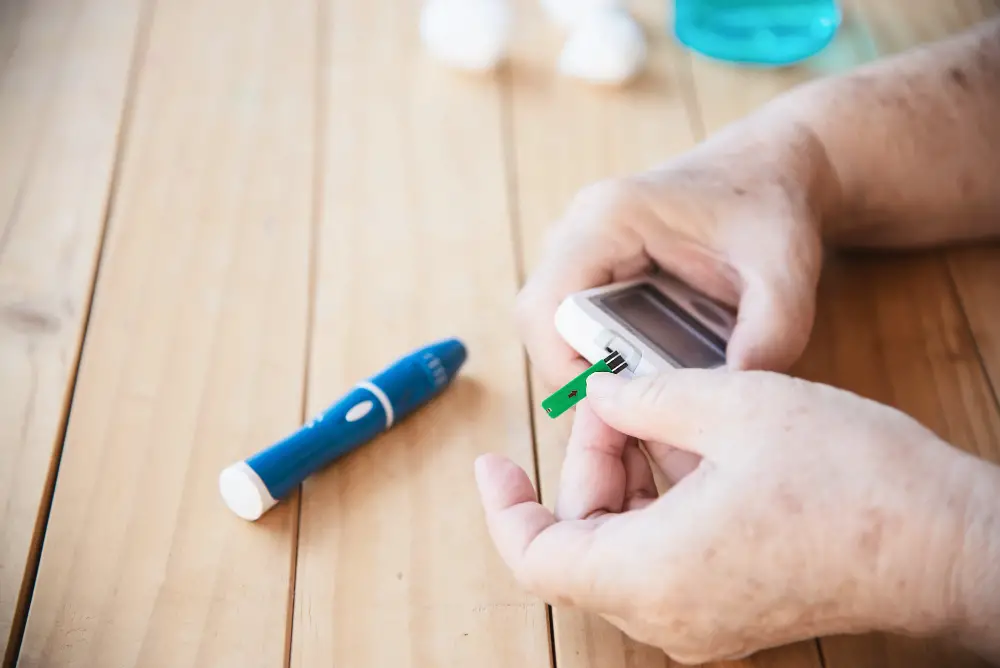
Heart Attack & Slow Heart Rate-When is it Dangerous?
-
- Dr. Junaid Arshad
- December 24, 2021
- 0 comments
Table of Contents
Introduction
Heart rate is the number of times your heart beats in a minute.
The average heart rate in an adult is 72 beats per minute. (b.p.m.)
It keeps on changing & under normal circumstances ranges between 60-100 b.p.m.
It is affected by a number of physiological factors like physical activity, stress, anxiety, & temperature changes.
Any disease process in the body including a heart attack can also cause changes to heart rate & may increase or decrease it.
Slow heart rate with a heart attack
Heart attack or myocardial infarction can bring significant changes to heart rate.
The normal response of the body to heart attack is the activation of the sympathetic nervous system which is mainly due to pain and anxiety & causes an increase in heart rate, blood pressure, & cardiac output.
However, a decreased or a slow heart rate is a common and a known complication of a heart attack and needs special consideration in certain conditions, sometimes requiring a temporary or a permanent pacemaker. Although, most of the times it is transient & settles after correction of ischemia.
What is a dangerously low heart rate?
The severity of a slow heart rate/bradycardia, either after a heart attack or otherwise, varies from patient to patient but a heart rate of 50 beats per minute (b.p.m) or more is usually considered safe.
If the heart rate is less than 50 in a patient with a heart attack, any specific therapy is usually not required and correction of ischemia may correct the heart rate as well.
In a patient without ischemic heart disease, a heart rate of fewer than 50 beats per minute should be evaluated by an electrophysiologist, although it may not require cardiac pacing.
In short, an expert opinion should be taken from an electrophysiologist if the heart rate is less than 50 b.p.m. irrespective of an underlying cause.
Another scenario when a slow heart rate can be dangerous is hemodynamic instability (i.e. low blood pressure of less than 90/60mmHg). This requires immediate treatment with IV fluids, atropine, & some times immediate temporary pacing.
Slow heart rate with Inferior Wall MI
Slow heart rate is the most common rhythm abnormality associated with inferior wall myocardial infarction(MI).
Inferior wall MI refers to a heart attack involving the inferior surface of the heart. The blood vessel involved is called RCA(right coronary artery) & its occlusion affects the conduction system of the heart which is responsible for the rhythm abnormalities.
The rhythm abnormalities include sinus bradycardia & heart blocks. The details are given below.
Sinus Bradycardia with a heart attack
Sinus bradycardia refers to a slow heart rate of fewer than 60 beats per minute with a normal regular rhythm.
Some authorities may define bradycardia as a heart rate of 50 b.p.m. or less.
It may occur simultaneously with a heart attack or a few hours or even a few days after the initial event.
Statistics have shown that 40% of the patients develop bradycardia or slow heart rate within 2 hours of inferior wall MI & this figure decreases to 20% by the end of day one.
It is usually a benign condition and settles on its own or upon revascularization.
The mechanism responsible for slow heart rate is most likely an increased vagal tone or increased sensitivity to vagal tone in the first 24 hours of a heart attack.
Another possible mechanism is sinus node dysfunction secondary to ischemia of the SA node.
Heart Block with a heart Attack
Heart block refers to an abnormality in the conduction system of the heart.
The conduction system of the heart is made up of SA node, AV node, Bundle of His, right & left bundle branches, & Purkinje fibers.
Under normal conditions, an electric impulse generates in the SA node and is conducted in the entire conduction system & is responsible for a regular and coordinated contraction of the atria(the upper two chambers of the heart) & the ventricles (the lower two chambers of the heart).
In case of a heart block, the electric impulse is not properly conducted in the conduction pathway and it may cause irregular and uncoordinated heartbeat.
First Degree AV block
It is characterized by a prolonged PR interval of more than 200ms.
Heart rate may be slow or maybe within normal range.
The mechanism responsible for 1st degree AV block with inferior wall MI is decreased blood supply to AV node or increased release of acetylcholine from inferoposterior region of the heart muscle.
This again is a benign condition and rarely requires any specific treatment.
Second Degree AV block
Second Degree AV block associated with inferior wall MI is the Wencheback Type (aka Mobitz Type-1) & is a benign condition.
The mechanism responsible is similar to that mentioned for the 1st-degree block.
It usually resolves within 5 days.
Complete Heart Block (CHB)
Complete heart block occurs as a result of decreased blood supply to the AV node.
It causes atria and ventricles to beat independently and at a slower heart rate of 40-60 b.p.m.
After inferior wall MI, it is usually temporary & resolves within 7 days.
Although in some cases it might cause a hemodynamic compromise (low blood pressure) and require temporary pacing.
If CHB persists beyond a certain time period after a heart attack, a permanent pacemaker may be required.
The incidence of CHB may vary from 4-10% with inferior MI.
Slow heart rate and heart block with Anterior Wall MI
Heart blocks secondary to Anterior wall MI can develop just like mentioned previously for inferior wall MI but are less common & more dangerous indicating a massive heart attack & are associated with worse outcomes & also more frequently requiring a pacemaker.
The incidence of CHB with anterior MI ranges from 0.9% to 2.5%, although it may vary among different studies.
Is slow heart rate a sign of a heart attack?
A slow heart rate does occur with a heart attack but per se is not a sign of heart attack. It may occur secondary to a list of causes including sinus node dysfunction, inflammation of heart tissue like myocarditis, hypothyroidism, during sleep, & in athletes.
When does slow heart rate indicate heart attack?
Slow heart rate may be suggestive of an underlying heart attack when it is accompanied by the typical symptoms of a heart attack which include chest pain (central, diffuse, crushing in nature, referred to left arm or jaw), apprehension, & sweating.
Effect of beta blockers
Another possible reason for slow heart rate after a heart attack is the use of beta blockers.
Beta-blockers are one of the most important class of drugs used in the management of heart attack and are associated with better outcomes.
In this case, the slower heart rate is the therapeutic & beneficial effect of the drug whose purpose is to decrease the workload of the heart. The slower the heart beats, the less energy and oxygen it requires.
The desired heart rate with beta-blockers in patients with heart attack is from 55-70 b.p.m.
Summary
A slow heart rate after a heart attack is a common & a benign condition and usually settles within a week. Sometimes it may require cardiac pacing especially when associated with hemodynamic instability or when it persists beyond a certain time limit.
The type of MI most commonly linked to slow heart rate is Inferior Wall MI.
It can also occur as a therapeutic effect of beta blockers.



